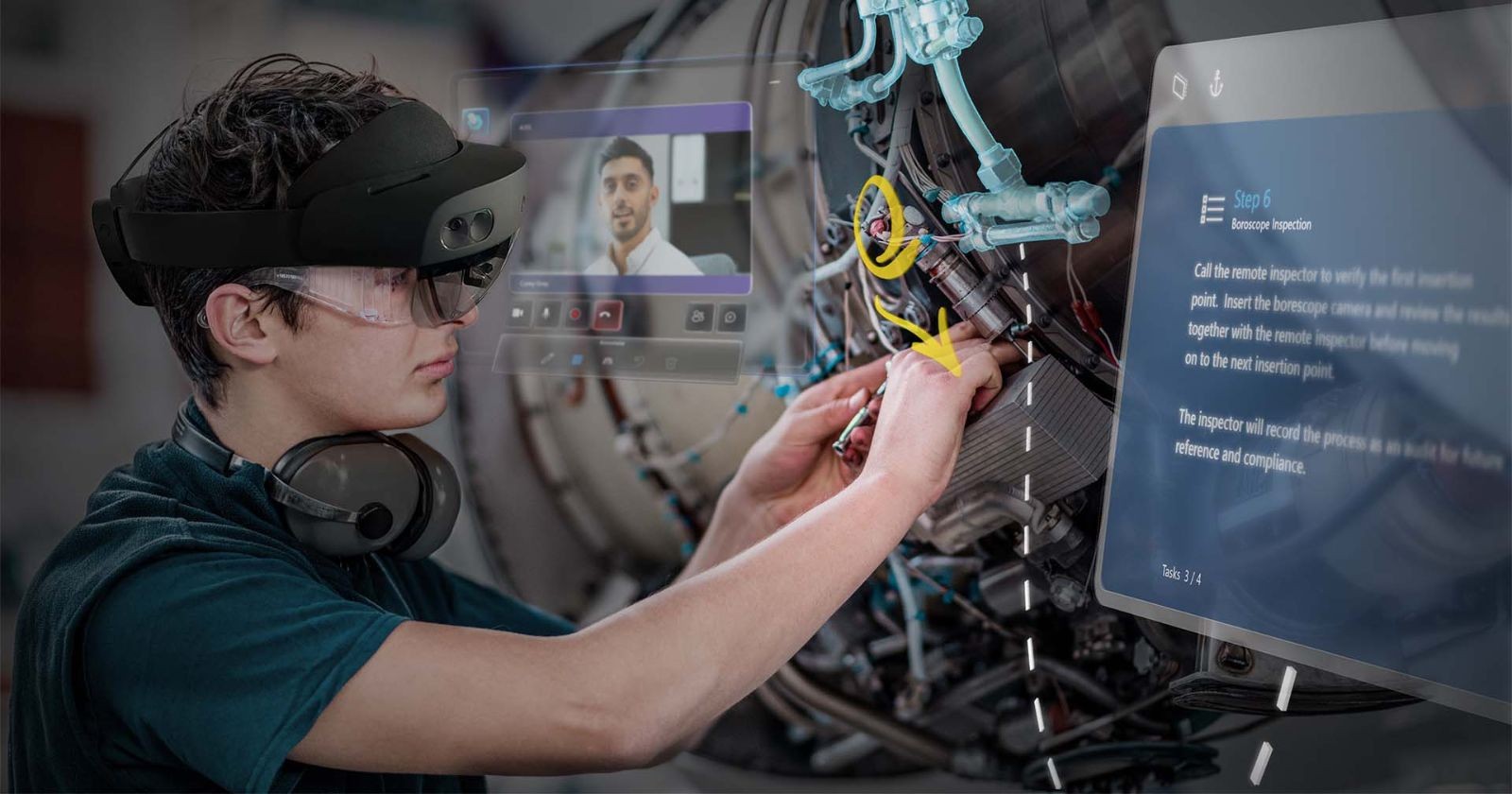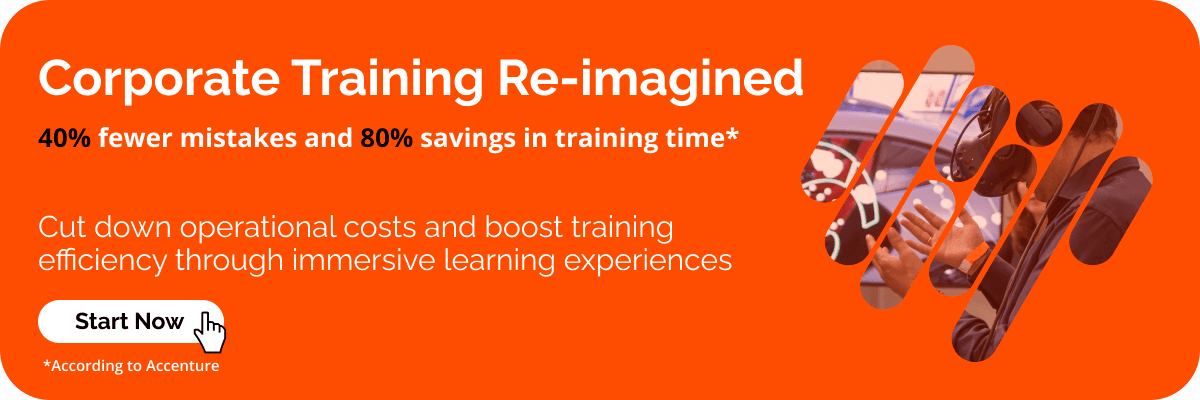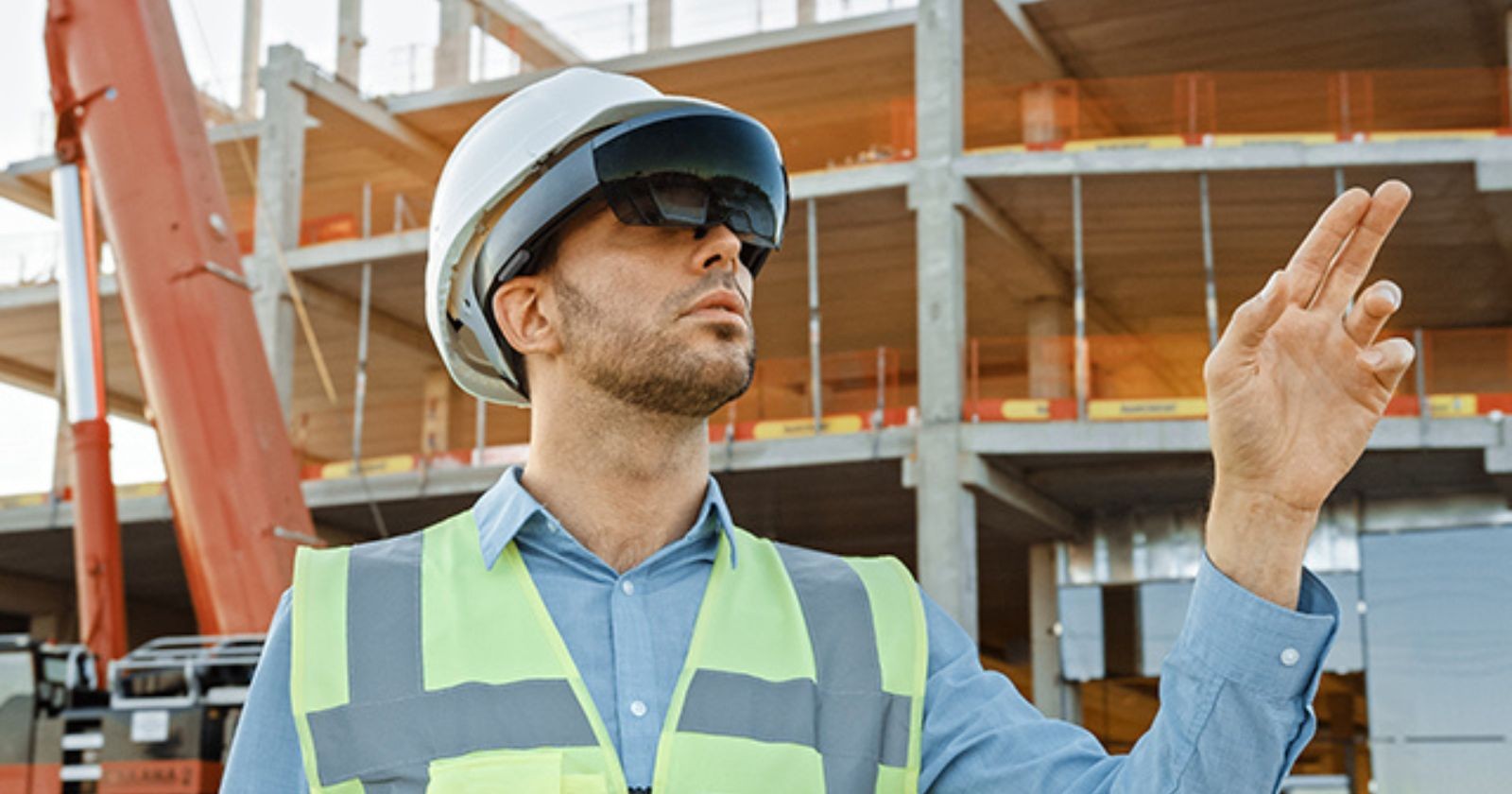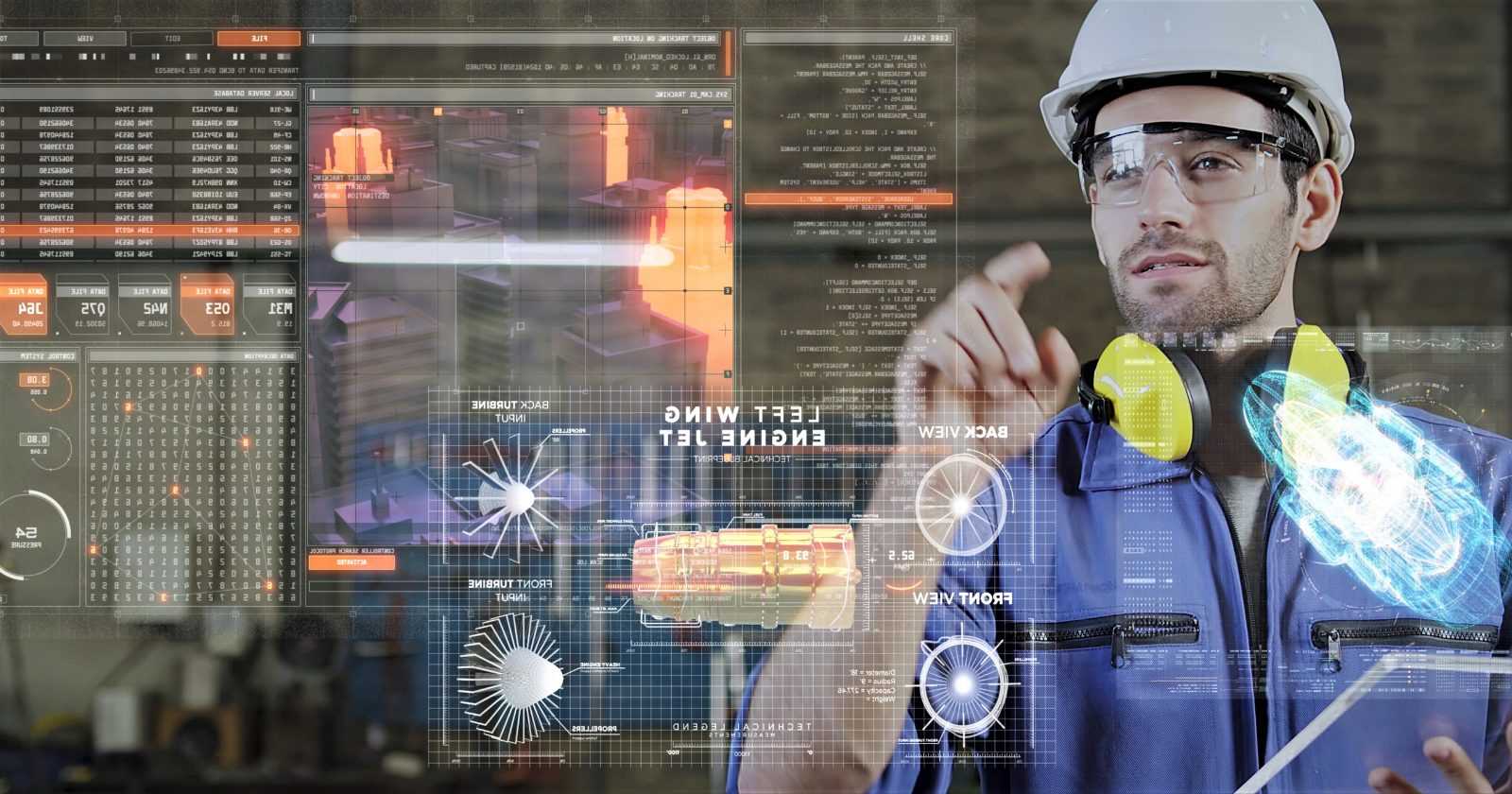There are many misconceptions going around virtual training, that’s why here we’ll leave our counterarguments and bust some myths at the same time!
Myth #1
VR can be very expensive.
The truth:
VR employee training saves you money.
It seems unbelievable when you realize that virtual reality training simulations can actually spare you money compared to traditional eLearning courses.
Research by Brandon Hall Group shows only 4 factors can save businesses of up to $2,000 per training program. They are:
- the fewer production delays;
- the drop in insurance;
- injury-related costs;
- the declining price tag associated with the equipment.
How do you like it?
Although at the very beginning of the implementation you may observe the significant upfront cost, VR training will amuse you when you’ll end up with money left.
Myth #2
It’s still expensive at scale.
The truth:
The scalability of VR training for the enterprise is definitely one of the stronger points.
With devices like Oculus Go, you can easily have trained in as many locations as you want around the world. The software allows you to control content management and do all new updates. Even if the fresh content library is created, it will be pushed to all devices at the same time.
Myth #3
A very limited number of companies develop VR training and provide the service.
The truth:
Your options are unlimited when it comes to choosing VR training companies.
There are thousands of different software development companies around the world that develop immersive training from scratch at a competitive price and you can choose the one that matches your needs best.
Myth #4
You need plenty of space to use a VR headset.
The truth:
Using the Standalone VR headset actually requires little space.
But of course, you better have a safe place or a separate room to conduct VR training for organizations. Besides, people will be happy to make the room as long as the experience is good enough for them to justify it.
Read more: Why You Should Give Up on PC VR and Focus on Standalone VR Apps
Find out what to choose between PC and Standalone VR devices
Myth #5
VR training locks us back into a classroom-based model.
The truth:
VR is mobile and can be used remotely.
The trainee can access/download virtual training material from the company’s website, and use it wherever he/she wants (sticking common safety rules herewith).
Moreover, with trends such as BYOD (Bring Your Own Device) becoming more popular, the world is moving to a decentralized workplace where people cooperate over large distances. Since VR headsets are getting cheaper, they can be easily bought for training goals and implemented remotely.
Myth #6
The unnerving feeling is distracting people from their VR training goals.
The truth:
VR training helps employees to master skills much faster.
It’s all thanks to pilot learning opportunities in a zero-distractions environment. Which makes a real difference to a classroom or online course.
KFC has changed its onboarding process by offering a VR exercise to a new hire. This way employees could learn how to make fried chicken in 10 minutes, compared to the 25 minutes it takes in real life.
Myth #7
A large part of people feels nausea during virtual reality experiences.
The truth:
VR developers offer a range of solutions to the issue.
Setting higher frame rates to different control schemes or simply more sit-down VR experiences may easily fix the problem.
Also, OTC meds like Dramamine can relieve the symptoms of cybersickness, too.
Finally, one of the best ways to prevent VR motion sickness is to use immersive software for concise periods of time. Gradually add the time employee spend in simulations. By taking on experiences a little at a time, they gain the ability to tolerate sway.
And of course, if they’re feeling queasy and experiencing any of the symptoms of VR motion sickness, workers can always take off the headset.
Myth #8
VR really taxes your senses, preventing prolonged sessions from being possible.
The truth:
Usually, simulations last less than 20 minutes.
When considering training as an actual experience, we realize it doesn’t need to be hours, it can be minutes.
Myth #9
The experience of being in a virtual environment is incredibly entertaining, that’s why it distracts from the training.
The truth:
VR training helps to better remember things thanks to engagement.
Researches claim that workers forget around 50 percent of what they’ve learned almost right after standard training. Proving the opposite with those who attended a VR training, a group of participants was shown either a 2D video or a full VR experience and have managed to recall it even after two days.

Myth #10
Sharing a headset with lots of different people is just not hygienic.
The truth:
Using one-off Onlay/cover for HMD solves this issue easily.
As well as sticking some simple rules, like not forget to wipe the lens of HMD, store it properly and keep it clean, always will be helpful.
Conclusion
Convincingly enough, virtual reality reveals an incredible opportunity for businesses to train people, overcoming all obstacles and blank accusations on its way.
At Visartech, we believe that VR experiences should be seamlessly integrated into eLearning, be at a reasonable price, and accessible anywhere at any time.
There are numerous ways to improve the learning process, and virtual reality may enhance the effect.
Wanna experience the virtual reality effect, let’s create a VR training for your specific needs!







